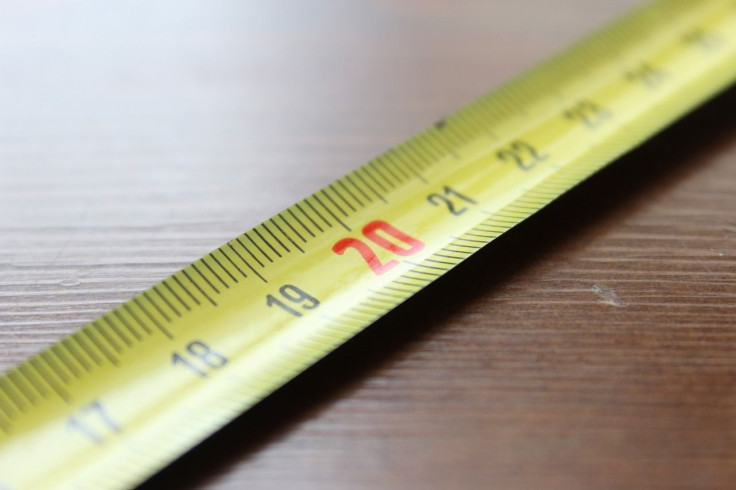Coronavirus Health Risk: Measure, Reduce Visceral Fat To Avoid Diabetes And High-Blood Pressure
KEY POINTS
- Coronavirus causes serious ill effects in persons who have pre-existing conditions like diabetes and high blood pressure
- One of the risks that put you in danger of developing diabetes and high blood pressure is too much visceral fat
- Use a simple method to measure visceral fat so that you could protect yourself from the possibility of developing these health conditions
The World Health Organization has identified individuals who are at a high risk of developing serious ailments from being infected by the coronavirus. These individuals include those suffering from diabetes and high blood pressure, among other ailments. One thing that is considered as one of the health risks for these ailments is the accumulation of visceral fat.
Visceral fat refers to the dangerous fat that is hidden beneath the skin and located near the vital organs of the body. Health experts have reminded people time and again to make sure that visceral fat will not go beyond what's acceptable as this puts you at a high risk of developing diabetes and high blood pressure. Remember that having these two ailments also make you prone to becoming seriously ill once infected by COVID-19.

Health experts have recommended a way to measure the levels of visceral fat that you have in your body. The method is straightforward and could easily be carried out. Here's how you can measure visceral fat levels, as per Éxpress' report.
Health scientists have emphasized that when it comes to visceral fat, otherwise known as belly fat, the number that counts is not the weight but the body mass index. This measures a good estimate of the amount of body fat that you have. This is even more accurate than measurements, like getting your vital statistics.
While this has been the belief for quite some time, a recent report on Harvard Health Publishing revealed that the most accurate method to measure visceral fat levels is to use the Magnetic Resonance Imaging (MRI) or Computed Tomography (CT). The only caveat is that they are both expensive.
A simpler method is recommended in lieu of these tech-related measurements. It is to measure your waist-to-hip ratio. You can do this by measuring your waist at the navel while your abdomen is relaxed. Then, you will measure your hips at its widest point. Once you have the values, you should divide the waist size by the hip size - (waist/hips = ratio).
The magic numbers are as follows. For men, the ratio must not be more than 0.95. For women, the ration must not be more than 0.85. Anything beyond these numbers will put you at a high risk of suffering from a heart attack and developing other ailments like diabetes and high blood pressure.
© Copyright IBTimes 2024. All rights reserved.











